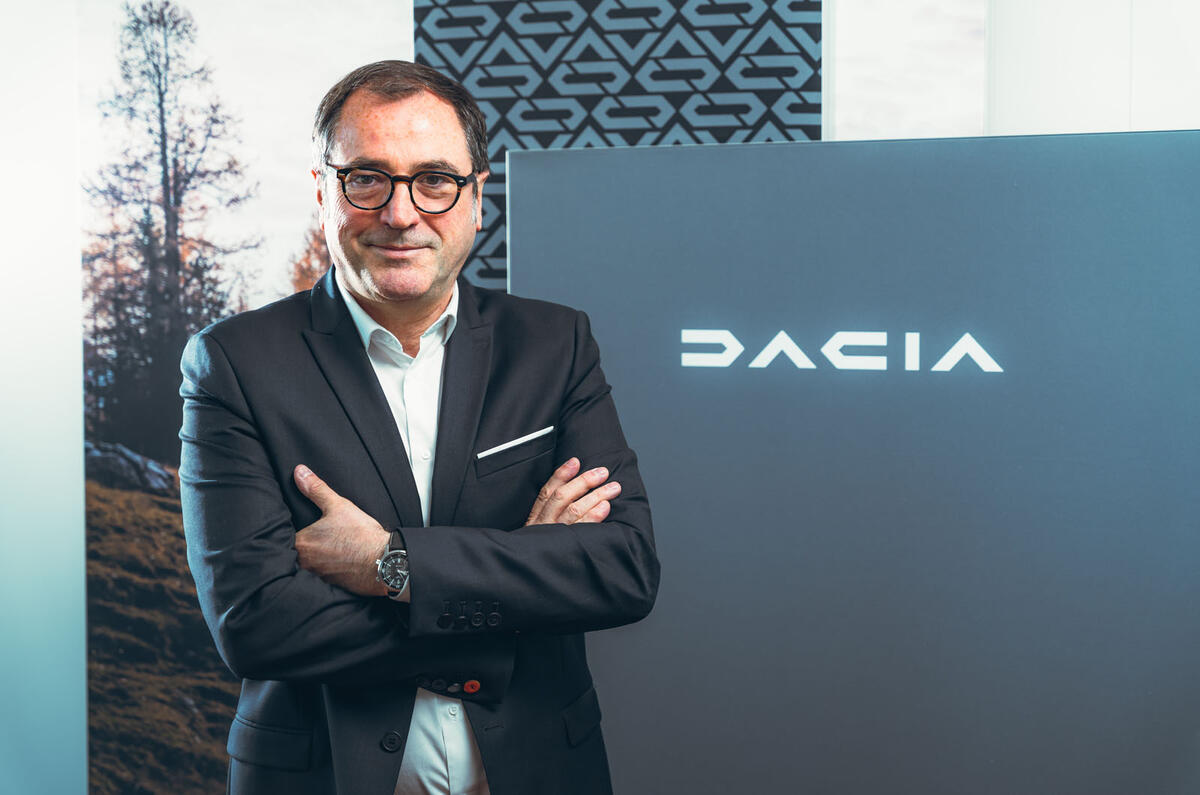
Dacia CEO Denis le Vot is the latest guest on the special Autocar Meets series on the My Week in Cars podcast feed.
Speaking to Autocar editor Mark Tisshaw, le Vot outlines what he thinks is behind the brand's continued growth, the imminent launch of the new Dacia Bigster and its significance for the brand, why small cars need to have a future to ensure mobility remains affordable to all, and teases a new five-year model plan that will be announced later this year.
Le Vot continued the chat off mic - the podcast was recorded in the back of a Bigster on a drive through central London on the eve of its UK launch - and he goes into further detail below.
New model plans
Dacia will reveal a new five-year plan later this year. Among the new models set to be confirmed are an electric Dacia Sandero (due 2027/2028), additional C-segment models to sit alongside the Bigster, and a new entry-level electric car to replace the Spring.
Le Vot said the overarching theme of the plan will be a focus on Dacia coming back to "affordable mobility or very affordable mobility", plus electrification of the range.
The Sandero electric car will have a technical and design freeze at the end of the year, and le Vot is happy to push this as long as possible to ensure the model is able to benefit from cost reductions and technology breakthroughs in electric car technology.
"We will come after the battle" on costs, he said. "The later you are, the better you choose."
On the Spring replacement, le Vot said this would be engineered in China and use parts sourced from China, but be built in Europe, unlike the current model. It will be larger than the current Spring but won't cost much more, with a target price of €18,000.
At the other end of the range, Dacia has no plans to offer a model larger than the Bigster but it would be joined by additional body styles in the C-segment.
Rivals copying its approach
Dacia is unique in its engineering approach in the industry, setting the cost of its components, cars and projects first and then creating them to that cost, rather than designing the car and components first and sourcing them after, which can lead to a lack of cost control.
Dacia said it was able to carry on doing this as, unlike other car groups and companies, it did not need to leverage components and platforms across multiple models with different positioning and market positioning, which always ends up with unnecessary weight and components engineered into a car.








Join the debate
Add your comment
Spring's replacement could be called the Boing...
More seriousely, xxxx is right, they need to keep Dacias simple.
As long as Dacia keep rubbish like powered tailgates, auto parking etc as an option I'm sure they do well.